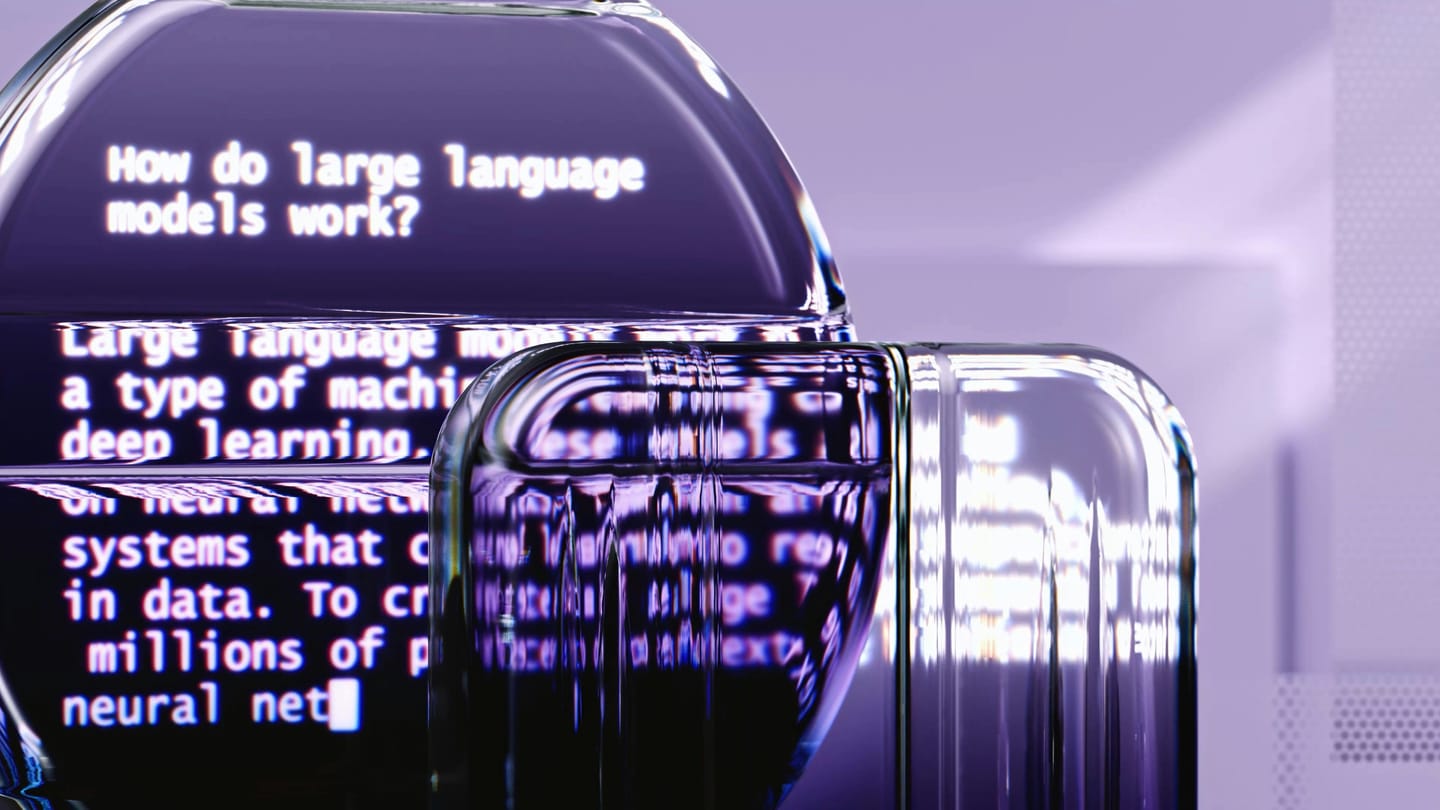Where Does Bias Come From? Exploring Dataset Imbalance, Annotation Bias, and Pre-existing Modelling Choices
Bias in artificial intelligence systems has become a critical concern as these technologies increasingly influence decision-making across domains such as healthcare, criminal justice, and employment. Bias manifests as systematic errors that lead to unfair or discriminatory outcomes, often disproportionately affecting marginalised groups. Understanding the origins of bias is essential for













